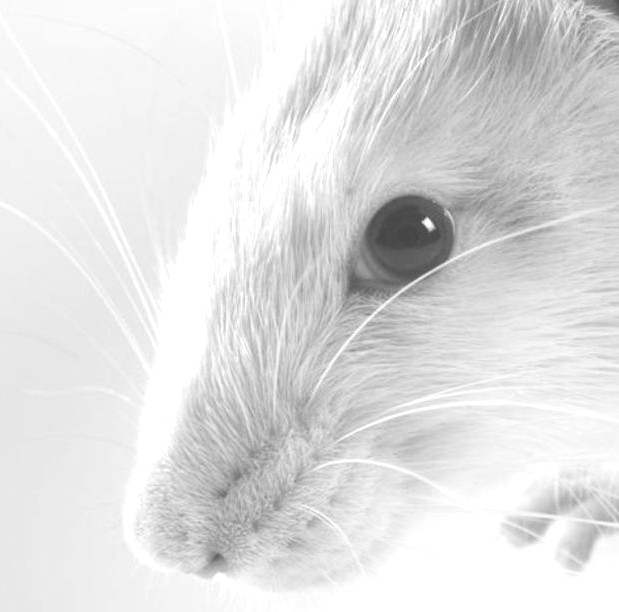Baits boosted for mice fight
 Farmers and residents are turning to double-strength poison baits amid an ongoing mouse plague in NSW.
Farmers and residents are turning to double-strength poison baits amid an ongoing mouse plague in NSW.
Parts of New South Wales are coming off several very dry years, which were followed by excellent rainfall, meaning conditions for mice to breed were spread over a very large area.
Mice have been responding to excellent conditions; starting breeding earlier than normal, and with a higher rate of survival.
Combined with abundant high quality food, numbers have increased to plague proportions. Waves of mice have spread across the landscape, often moving into farm houses, grain stores and other infrastructure, causing extensive loss and damage.
Mouse numbers are typically kept in check by distributing poisoned bait from fixed bait stations, but the hordes this year are far too big for this response alone.
The NSW Government has announced a $50 million support package to help support regional communities.
The package includes $500 rebates for eligible households to cover the cost of eradication, $1000 rebates for eligible small businesses, and free mice bait (grain treatment) for farmers.
Additionally, the NSW Government has sought urgent approval from the Commonwealth’s Australian Pesticides and Veterinary Medicines Authority (APVMA) for the use of bromadiolone.
The free treatment of grain to use as bait will employ zinc phosphide, a different poison. The APVMA has issued a permit allowing the concentration of zinc phosphide in bait to be increased from 25 to 50 milligrams per kilogram.
Meanwhile, bromadiolone has been described in the media as ‘outlawed’, yet it is already approved to use in bait blocks and bait stations.
It is currently not approved as a treatment for grain to use as a broadcast bait, although it has been in the past.
Bromadiolone is an anticoagulant rodenticide.
“These work by interfering with production of vitamin K, essential for blood clotting, so the animals die from uncontrolled bleeding,” says Dr Ian Musgrave, an expert in pharmacology.
“Bromadiolone is one of the second generation anticoagulants, which only require one exposure to a bait to kill rodents, while the first generation ones needed animals to consume bait over more than one day.
“While bromadiolone is highly effective, it is not like ‘napalming mice’ as has been reported in the media.”
Second generation anticoagulants are lethal to all mammals, native marsupials and birds. Bromadiolone is currently only authorised in baits and bait stations because of the risk to native and domestic animals.
However, “the enormous scale of the mouse plague means that baits and bait stations cannot hope to control the mice in the fields, so a broadcast bait is needed,” Dr Musgrave says.
“If the authorisation goes ahead then bromadiolone will probably replace the current zinc phosphide as a grain treatment for broadcast bait. T
“Both zinc phosphide and bromadiolone are toxic to humans, but with the recommended safe handling procedures farmers should have negligible risk. Broadcast grain baiting procedures prevent baited grain from entering grain intended for consumption.”








 Print
Print